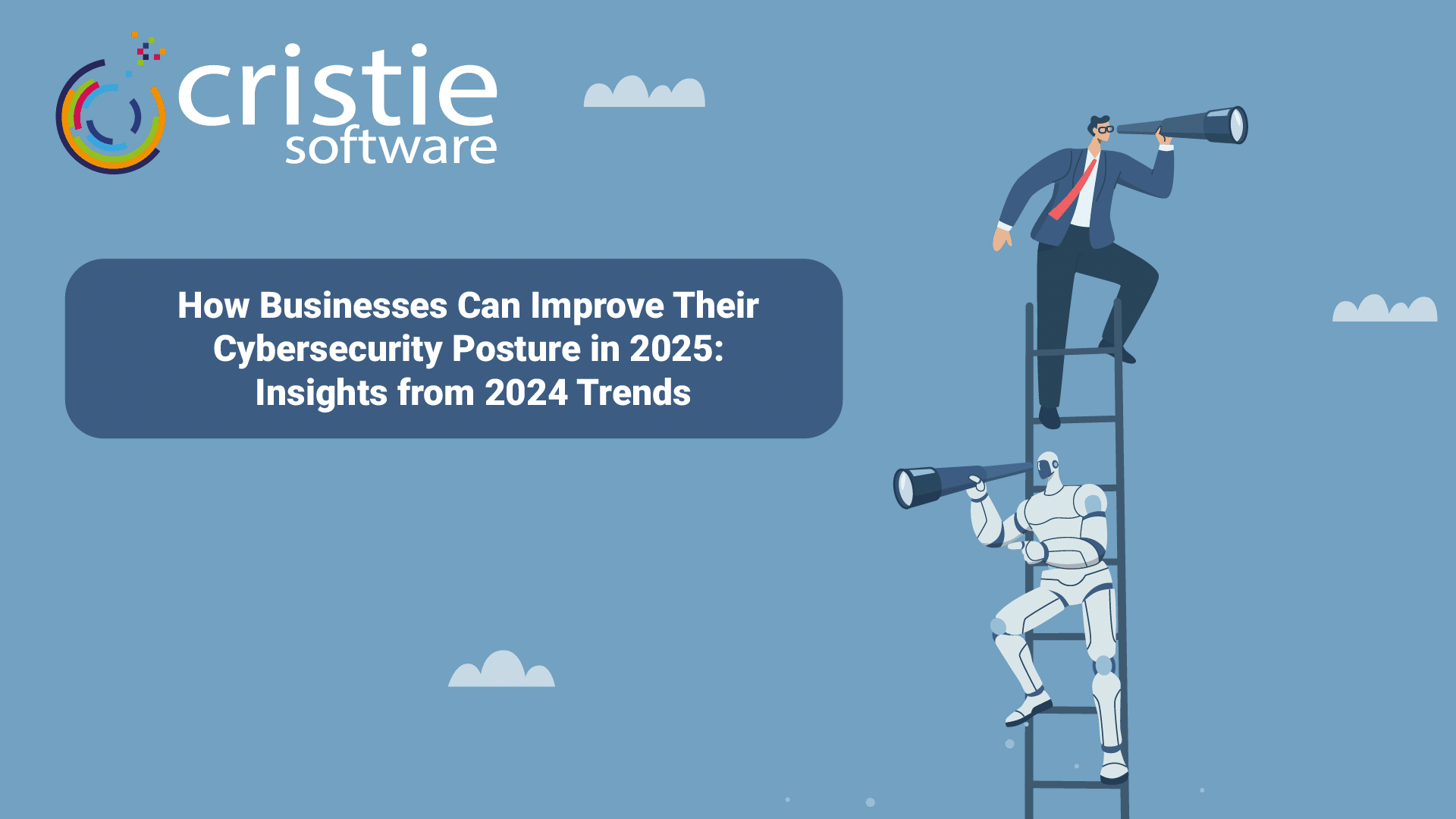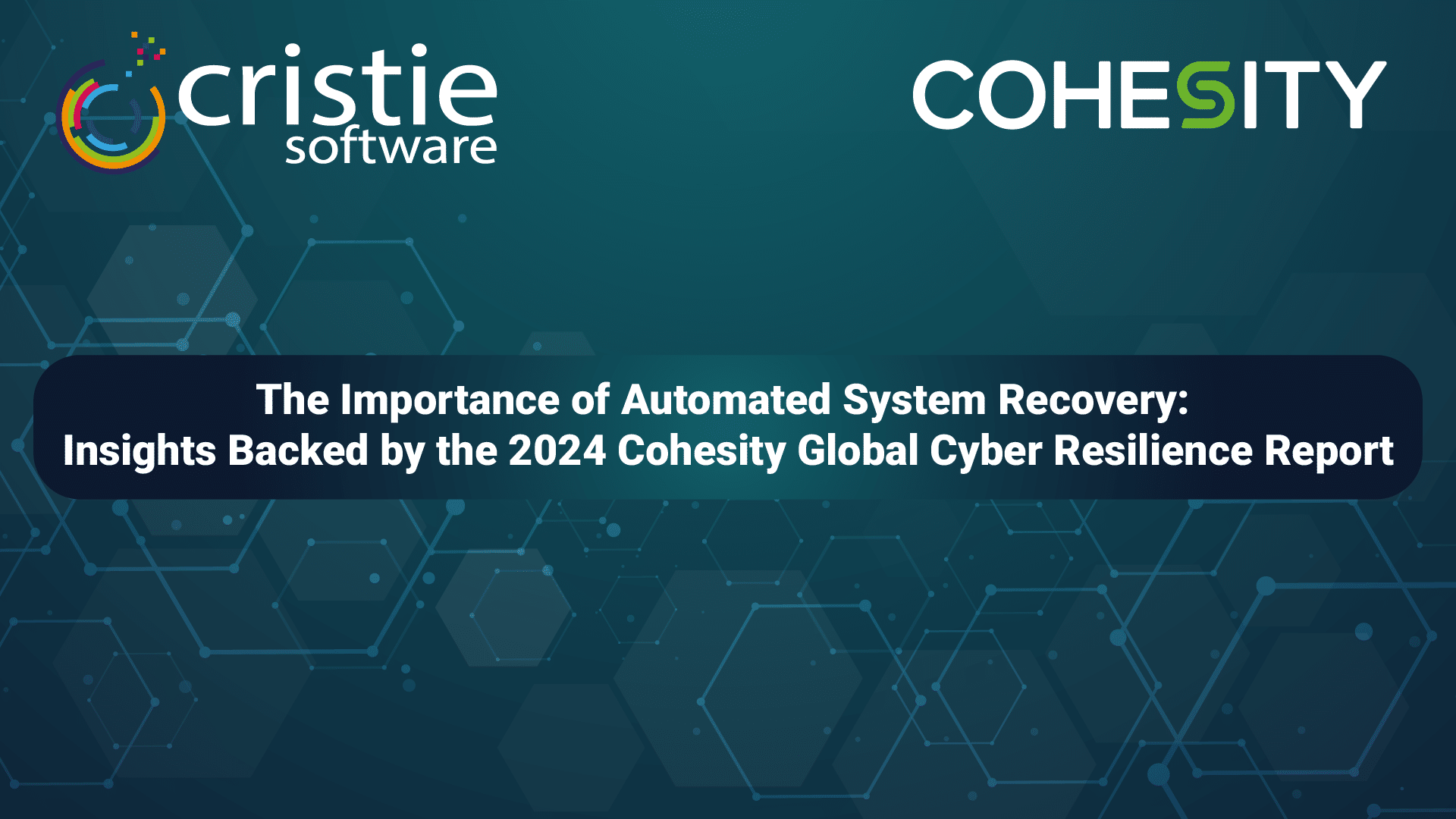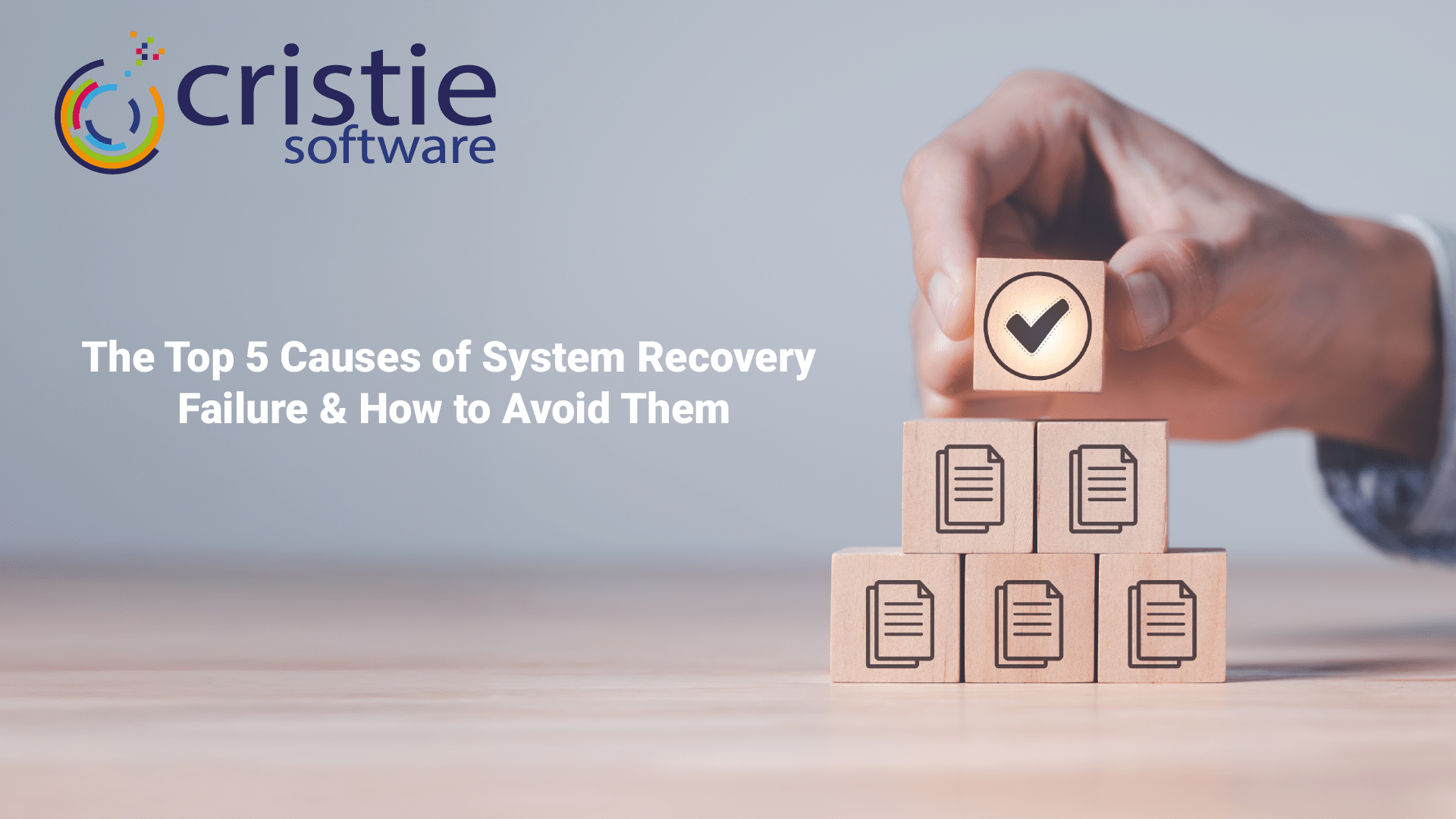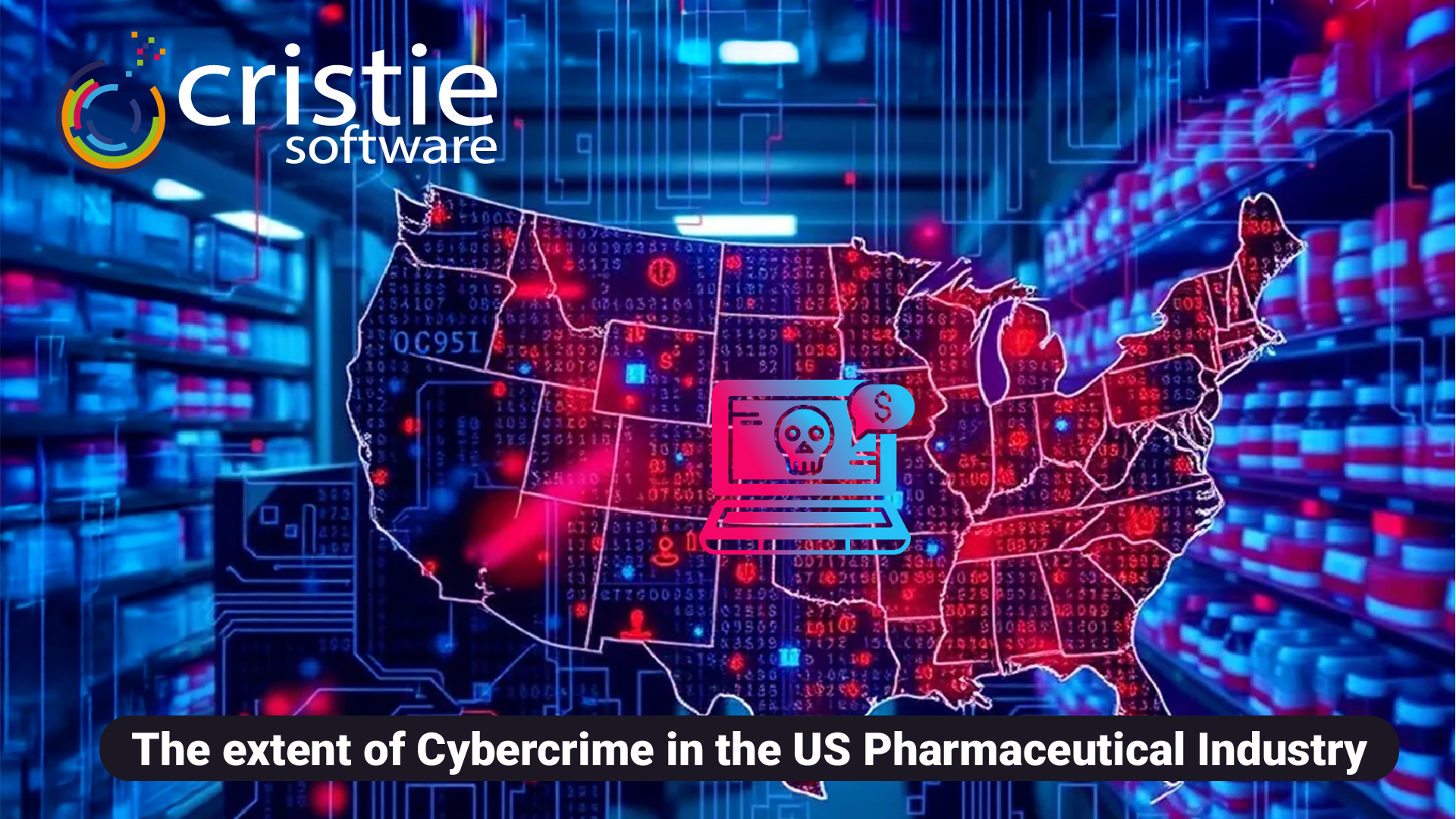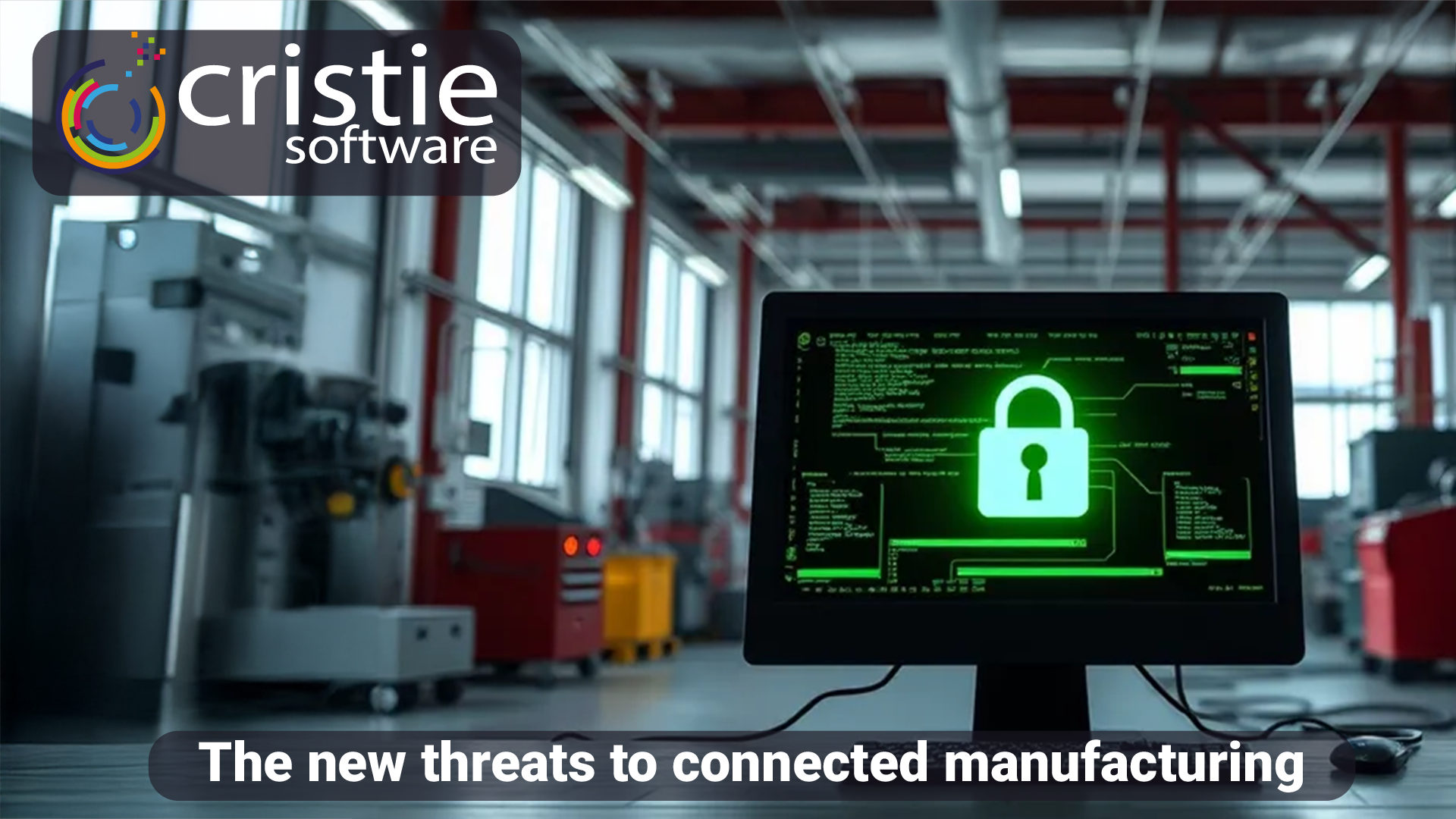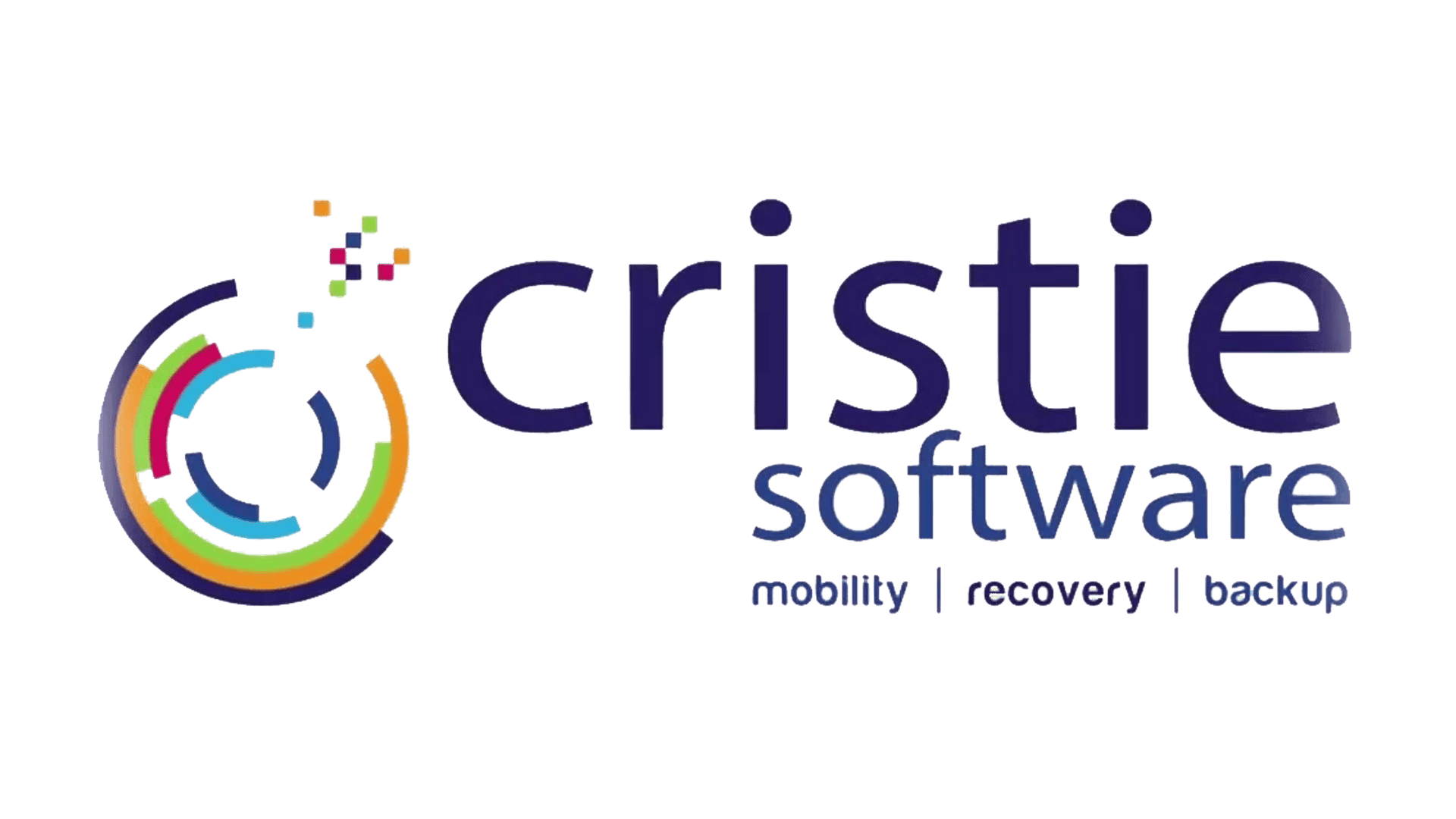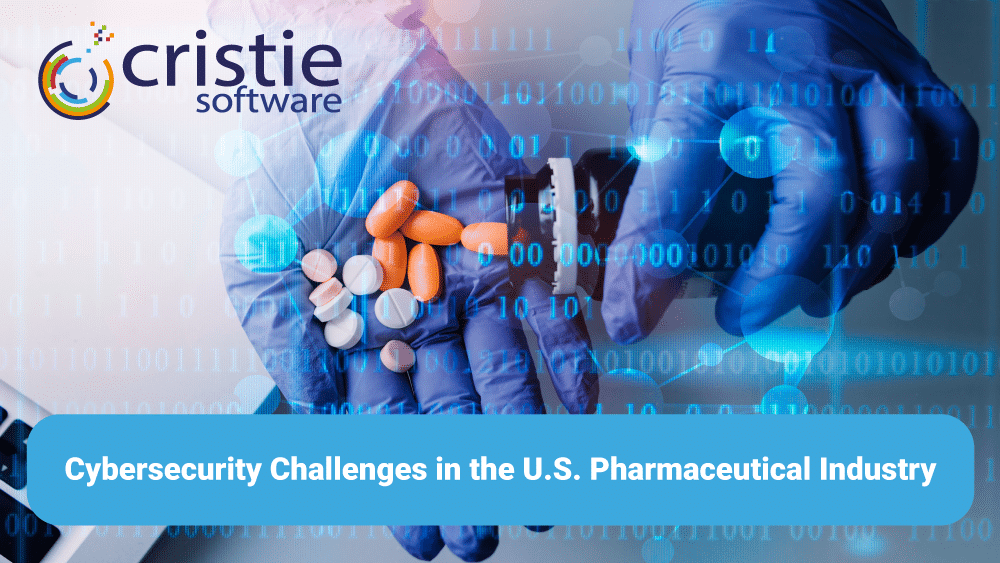
Cybersecurity Challenges in the U.S. Pharmaceutical Industry
Cybersecurity Challenges in the U.S. Pharmaceutical Industry US Pharma Cybersecurity Key Vulnerabilities The pharmaceutical sector in the U.S. is a prime target for cybercriminals—handling vast amounts of patient data, intellectual property, and supply-chain logistics information. Over the past two years, the industry has faced increasingly sophisticated cyber threats. Key US pahrma cybersecurity vulnerabilities include: Ransomware: A top concern, with attacks crippling operations and demanding significant payouts (Wikipedia) Intellectual property theft: Research and development data is high-value and fiercely sought after Supply chain and third-party risk: Disruptions at vendors can cascade rapidly (CybelAngel) Outdated infrastructure & IoT exposure: Legacy systems and connected lab equipment provide entry points (Pharma Now) ⚠️ Notable US Pharma Cyber Attacks in the Past 24 Months Change Healthcare / UnitedHealth (Feb 2024) On February 21, 2024, BlackCat/ALPHV ransomware attackers breached Change Healthcare—part of UnitedHealth—exfiltrating and encrypting critical systems. This disrupted pharmacy claims, forcing patients to pay cash and causing cascading delays across U.S. healthcare providers. An estimated 190 million records were compromised (hipaajournal.com). Cencora Supply-Chain Breach (February 2024) A breach at pharmaceutical distributor Cencora exposed sensitive data across at least 27 clients, including major pharma and biotech organizations. Hundreds of thousands of individuals were impacted (hipaajournal.com). Arrotex Pharmaceuticals (DBG Health) Ransomware (October 2024) Morpheus ransomware attacked Arrotex, a DBG Health unit, stealing clinical consent forms and leaking them publicly (blackfog.com). 🛡️ How Cristie Software Reinforces US Pharma Cybersecurity Cristie Software addresses these complex US pharma cybersecurity challenges by embedding recovery readiness and rapid failover into IT operations: Bare-Metal System Recovery Using Continuous Recovery Assurance, Cristie automatically verifies full system recoverability after every backup job—even in clean-room environments via the Cristie Virtual Appliance. This ensures that when ransomware or malware strikes, systems can be restored quickly without relying on infected snapshots. Near‑Real‑Time System Replication CloneManager, our system replication solution, enables point-in-time synchronization. If systems are encrypted or corrupted, you can instantly switch to a clean replica—minimizing downtime and preventing disruption to critical research or supply-chain systems. Isolated Recovery Environments Recoveries and verifications occur in isolated “sandbox” environments to prevent contaminating production systems. This ensures your backup reliability is tested without risk—crucial for insider threats or advanced persistent threats. Integration with Leading Backup Platforms Our tools work seamlessly with Cohesity DataManager, Rubrik Security Cloud, Dell PowerProtect Data Manager, Dell Avamar, Dell Networker, and IBM Storage Protect/Storage Defender. You can layer Cristie on top of your existing architecture to add deep validation and recovery confidence—without needing to overhaul your environment. Compliance & Audit Readiness Proving recovery capabilities is essential under HIPAA, FDA Title 21 CFR Part 11, and other regulations. Cristie’s automated recovery verification provides auditable proof that data can be restored—supporting both compliance and board-level risk management. 🧭 Cristie Software Example Use Case A mid‑sized biotech firm using Cohesity integrates Cristie: Post every backup, Continuous Recovery Assurance runs automated recovery verification. CloneManager replicates a gold master server hourly. When a ransomware incident happens, failover to a clean replica restores operations in minutes. For compliance audits, retention of recovery logs demonstrates recovery test success 🎯 Why This Matters for Pharma Decision-Makers Risk Impact Cristie Solution Ransomware encryption Operational paralysis & compliance risk Bare-metal recovery + replica failover IP & data theft Financial loss & reputational damage Verified, isolated restore environments Vendor compromise Disrupted clinical trials End-to-end validation across backups 🚀 In Summary Pharma companies in the USA face growing cyber threats—including ransomware, IP theft, and vendor supply-chain breaches. Real incidents like the Change Healthcare outage and Cencora breach demonstrate widespread systemic risk. Cristie Software provides a comprehensive resilience framework built around: Automated recovery verification Clean-room testing Instant failover capabilities Seamless integration with existing backup platforms Compliance-ready proof of recovery ✍️ Call to Action Protect your organization’s research, supply chain, and patient data. Contact Cristie Software for a personalized demo and see how automated recovery assurance can become the cornerstone of your cyber resilience strategy. Contact the Cristie Software team if you are looking to improve system recovery and replication within your organization, or to learn more about system replication and our system recovery integration with leading backup solutions from vendors including IBM, Dell Technologies, Rubrik and Cohesity. Finally, learn how we are helping further companies modernize system recovery in our Use Case pages.

